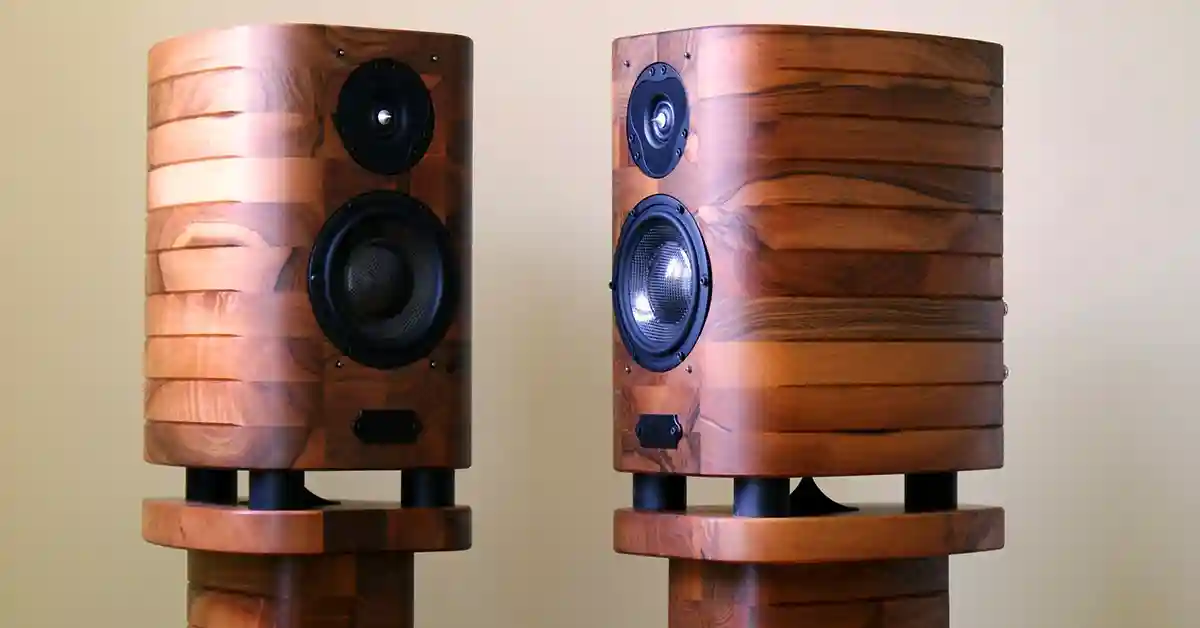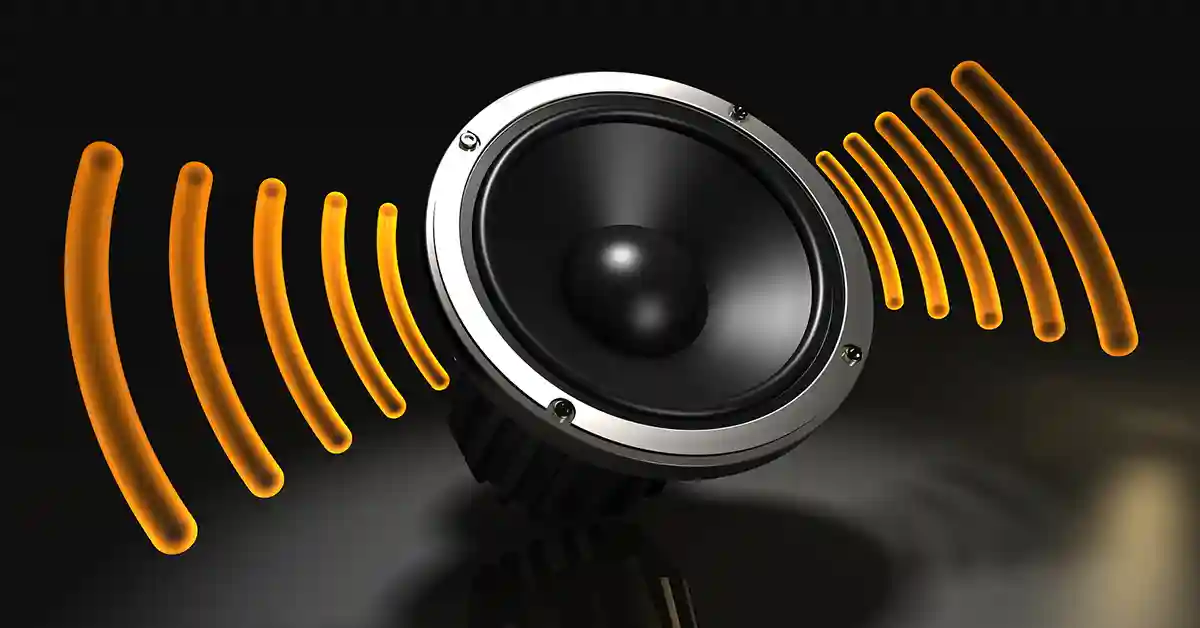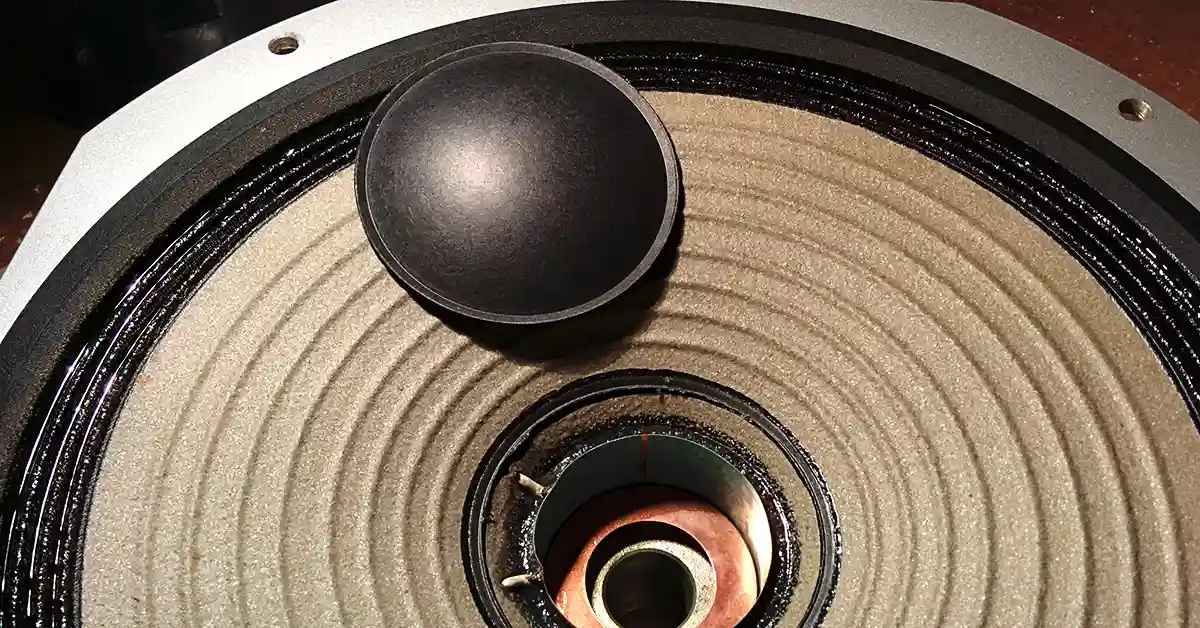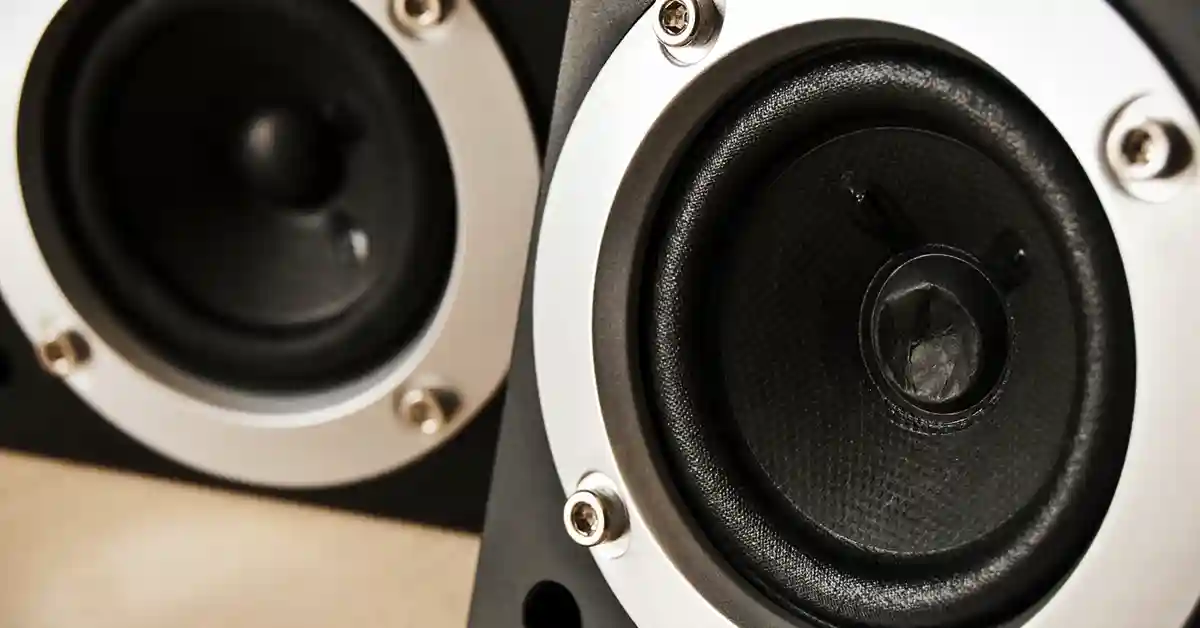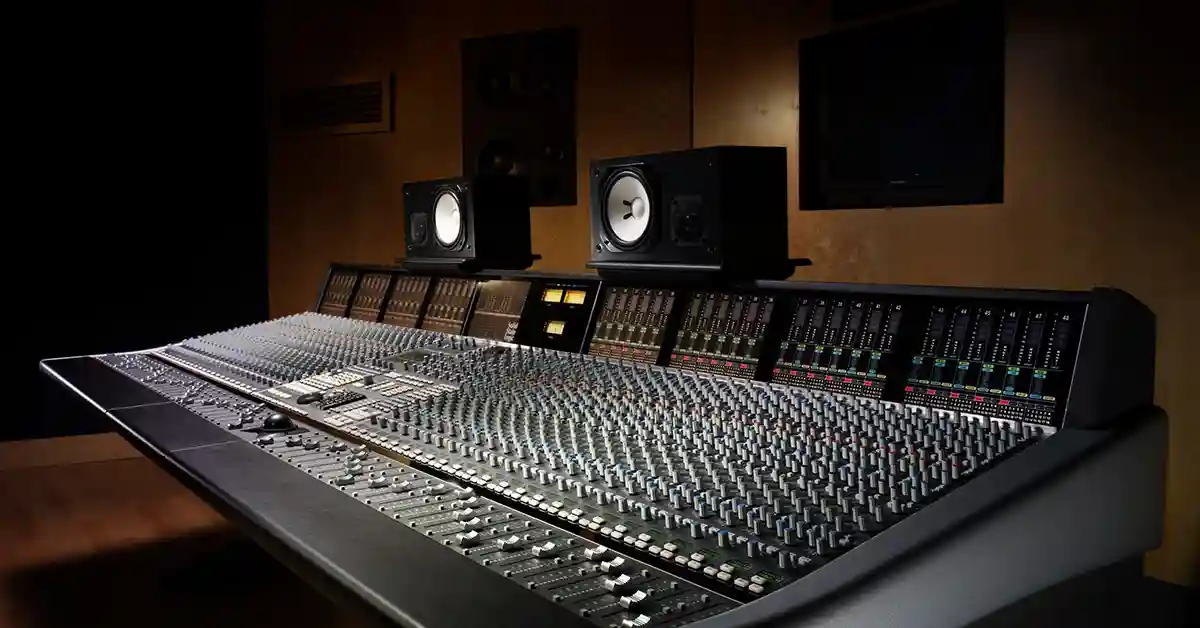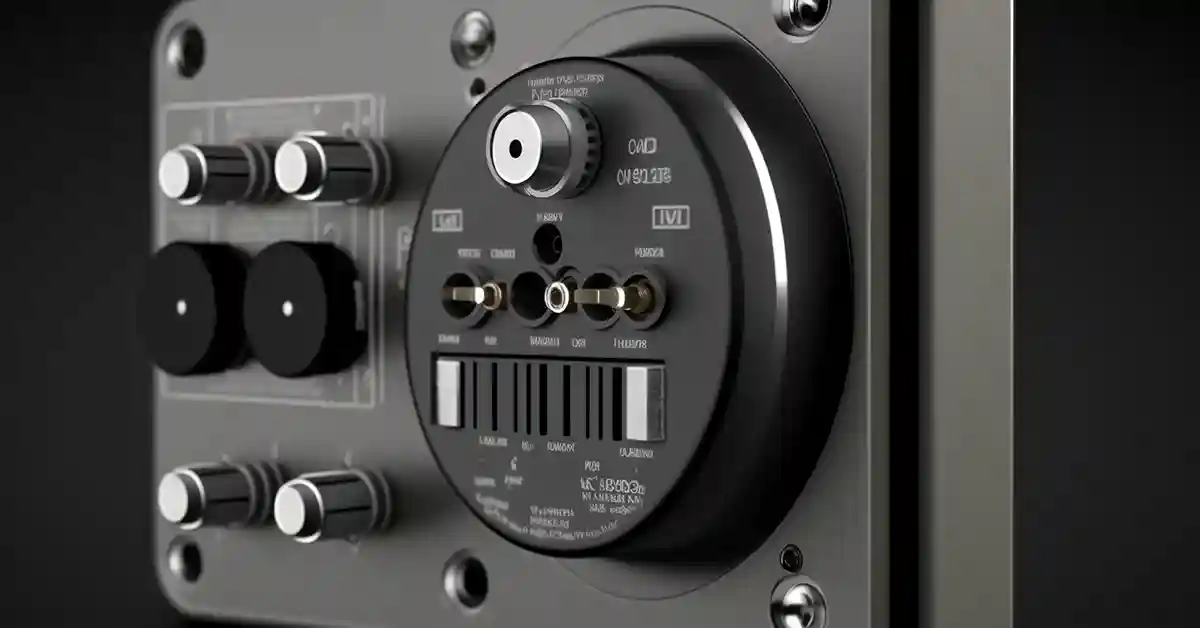How To Wire Tweeters To Speakers
If you’re looking to upgrade the performance of your speakers, look no further.
Wiring tweeters to your speakers can serve to produce high-frequency sounds that typical speakers can’t reach. Below, we’ve carefully put together a helpful guide that will explain how tweeters function and how they should be used for your setup.
Let’s dive into what Tweeters are and why you’re going to need them in order to make your speaker system the best that it can be.
A tweeter is a special type of loudspeaker that can work in conjunction with a woofer. The difference is that the tweeter allows for high-frequency sound while the woofer takes the low-frequency sounds. This may be a situation where you require a crossover.
The crossover allows for a more balanced sound between the woofer and tweeter. A crossover adjusts the frequency and power produced to prevent speaker damage. Wiring your speakers with a coaxial crossover allows you to connect to the amplifier, existing coaxial speakers, and the new tweeters you want to be installed.
Make sure that you keep your crossovers in a place that won’t interfere with any of the car’s moving parts, where they will be exposed to a lot of water or direct sunlight. Mounting the crossovers under the seats or on display is a common thing to do. We suggest placing the crossover nearer to the speakers, doors and behind the seat panels work well for placement of your crossovers.
The process sounds daunting and the terminology just screams confusing, but not to worry, it’s a pretty simple process.
How to Wire a Tweeter
When you’re looking to position your tweeters, make sure that you have the correct method of mounting the tweeter. You’ve got flushed, angled, and surfaced tweeters.
- Angled tweeters can be situated in a position that doesn’t favor the ear. It needs to be at a slant. The ideal angle would be if you’re placing your tweeters at the top of your door, facing down towards you, or at the bottom of your car door, facing up at you. They can be placed on the surface or flushed in, depending on whether or not you’re willing to cut a hole.
- Surface-mounted tweeters can be placed at ear height. When you’re sitting in your car, you want to be able to hear the audio without any hassles. The tweeters are placed on the door panel or any place that the tweeters won’t be disturbed. It is held inside a cup secured to a surface. No holes need to be cut in the car when placing surface tweeters in.
- Flush-mounted tweeters are placed inside the door panel with the speaker being visible. The body of the tweeter is hidden. You’re going to have to cut a hole in the door panel and insert the tweeter there. You can also cut a hole in your dashboard to secure the tweeter. The main idea behind a flush tweeter is that it is a smooth, custom finish that blends with the interior. A dashboard is an excellent option for flushed tweeters to provide a classy look to your vehicle.
Positioning your tweeters at the right place is crucial. Different car models have their speakers located at different places. You could be looking at the door panel, the “A” pillar, or even under the seats. Make sure you know where these places are before stripping apart your car.
Now that we know the different mounting methods, let’s look into the actual steps on how to hook up tweeters. Before we jump into wiring the tweeter, there are a few items you need. These include:
- A screwdriver
- Trim panel removal tool
- Philips Head screwdriver
- Power drill
- Hole saw
- Utility knife or a sharp blade (be careful when working with sharp objects; We recommend you throw on some gloves before handling these blades)
- Some extra speaker wire in case
- For safety, make sure that you have some protective gear in the form of insulated gloves and goggles (Not swimming goggles)
Steps to Wiring a Tweeter
Step 1: Dealing with the Power
- Turn off the car’s ignition before dealing with the car battery.
- Disconnect the negative terminal from your car battery to prevent possible short-circuiting to any electrical equipment
- This step is crucial as we would like to avoid a possible electrical short-circuiting or damage to any electrical equipment.
Step 2: Splicing Tweeters into Door Speakers
- Remove the grill or panel that is covering your speaker.
- Once you have located the position of your speakers, remove the outside layers to gain access to your speakers.
- If the speaker is in your door, you need to remove the entire door panel.
- Most cars have electric windows where you need to remove the electronic control module(ECM). It can be located in the armrest.
- Once the ECM is removed, the door panel can be removed by releasing a few retaining clips and screws with your trim panel removal tool.
- Unscrew the speaker from its mount using a screwdriver.
- It is advised to wear protective clothing when dealing with any sharp objects or any cutting actions
- If your speakers are held together by an adhesive or foam, gently use the utility knife or blade at the adhesive or foam.
Step 3: Disconnect and Position for Mounting
- Disconnect your speakers from their wiring to allow access for the tweeter.
- Remove any debris or fallen objects that are distracting you from getting to your speakers.
- If you’re using your factory wires to connect the tweeters, that would be okay.
- If you’re looking to install an external amplifier that has a 50 watt RMS or more, then we suggest that you run a new speaker wire through your system. 14 or 16 gauge wire should do the trick.
- Position your tweeters to mount them.
- Flush-mounting the tweeters requires you to drill a hole into the door panel that is exactly as wide as the tweeter.
- Place the base cup into the hole for a tight fit.
- Attach the tweeter to the base cup.
- The sail panel, the outskirts of your dashboard, the “A” pillar between the car body and windshield, and the upper door.
- Surface-mounting requires you to drill a small hole in the position at which you are placing your tweeters. This will be the hole you stick your wires through.
- Screw the base cup into the grill with a pair of screws. Use a screwdriver for this step.
- Slide the tweeter into the base cup for a tight fit.
- It’s recommended to position your tweeters as close to your ear as possible but also allow space to avoid damaging your ears with loud music.
- Install a crossover
- Connect your receiver or external amp output wire to the crossover.
- Solder the crossover’s cable input to your amp’s speaker output wires.
- Ensure that you match up your polarities (positive and negative)
- Insert the high-frequency wire from the crossover to the tweeter and the low-frequency to the woofer.
Step 5: How to Install Tweeter Speakers
- Put your speakers and tweeters in their mounting location with a tight and secure fit.
- If it is new speakers that you are using, it might already come with a fitting case
- Ensure enough space for the tweeters to have access to the speaker wiring.
- Maybe drill a few holes in your dashboard or door panel if you’re struggling to place the wires
- Reattach any panels, armrests, and doors to conceal the speaker’s work.
- Turn on the car’s ignition and connect the negative terminal from your car battery.
Conclusion
There you have it! Questions like how to wire tweeters with crossover and how to install tweeter speakers are right here at your fingertips. A fun little project that can enhance not only the quality of your sound but also the performance of your speakers. Your music will be booming from all the right angles. You and your pals can have a party on the way to the actual party. With just a few steps, you can be rocking the weekend away. Just be sure not to disturb the neighbors. Or better yet, wire some tweeters to their speakers and have a little sound competition with your neighbors!
Related Articles

